 Peter Hore, Ph.D.
Peter Hore, Ph.D.
Professor, Department of Chemistry,
University of Oxford, U.K.
Disruption of magnetic compass orientation in migratory birds by radiofrequency electromagnetic fields
Dr. Peter Hore's group investigates migratory birds that make epic journeys of thousands of kilometers each year, navigating with the help of Earth’s magnetic field. Yet the mechanism behind the biological compass that enables them to achieve this astonishing feat remains a mystery. Dr. Hore is a leading proponent of the idea that this magnetic sense depends on chemical reactions involving excited radicals produced in a protein in the birds’ retinas.
Dr. Hore's website is http://hore.chem.ox.ac.uk/.
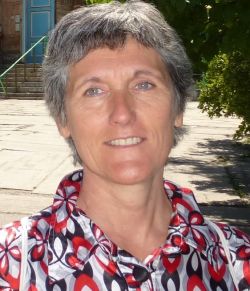 Anna Roig, Ph.D.
Anna Roig, Ph.D.
Professor
Institut de Ciencia de Materials de Barcelona, ICMAB-CSIC
Group of Nanoparticles and Nanocomposites, Barcelona, Spain
Magnetic Nanocapsules for Brain Repair after a Stroke
Dr. Roig's group focuses on the controlled and rational synthesis of inorganic and hybrid (inorganic-organic) nanoparticles and nanocomposites and the study of their structural-functional properties. Even more important to them are applications in the fields of nanomedicine and the information technology. In this invited talk, Anna will speak about their newest endeavour into cell-free therapy for neurorepair. They encapsulate full cell-secretomes into magnetic and fluorescent polymer capsules and observe their grafting into the brain.
Dr. Roig's website can be seen here.
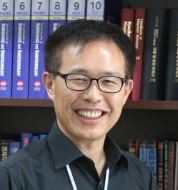 CheolGi Kim, Ph.D.
CheolGi Kim, Ph.D.
Professor
Center for Bio-convergence Spin System, DGIST, Daegu, Korea
Integrated Magnetophoretic Platform for Precise Manipulation of Living Cells
Dr. Kim developed a lab-on-a-chip (LOC) magnetophoretic system for the remotely controllable transport of magnetic particles actuated by thin permalloy magnetic tracks. This novel architecture composed of radii and spiral tracks resembles a spider web network. This allows the effective collection of low-density biomolecule carriers to one specific point and monitors the accumulated carriers. The developed novel technology could affect multiple fields, including bioassays, cell manipulation and separation and biomechanics.
For more info, see here.
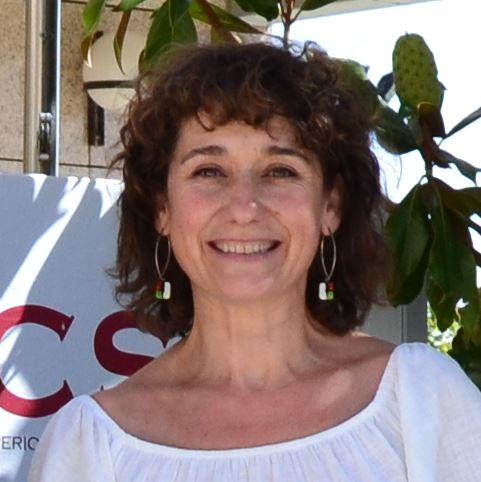 Maria del Puerto Morales, Ph.D.
Maria del Puerto Morales, Ph.D.
Professor
Department of Biomaterials and Bioinspired Materials
Institute of Material Science, Madrid (CSIC), Spain
Colloidal Flower-Shaped Iron Oxide Nanoparticles
Dr. Morales research activities are focused on the area of nanotechnology, in particular in the synthesis and characterization of magnetic nanoparticles for biomedicine. She will tell us all about the very special properties and applications of her newest creations, the flower-shaped magnetic particles.
For more info, see here.
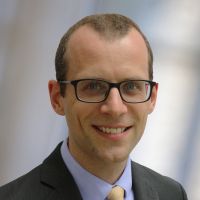 Erik Waldorff, Ph.D.
Erik Waldorff, Ph.D.
Principal Scientist & Research Manager,
Orthofix Inc, Lewisville, TX, U.S.A.
Low Frequency Pulsed Electromagnetic Field Applications: Bone and Soft Tissue Repair
Currently, pulsed electromagnetic fields (PEMFs) are used for treatment of long-bone non-unions and as an adjunct treatment to lumbar and cervical spine fusion surgery. Dr. Waldorff will update us on studies that examine the effects of PEMF on soft tissue healing and osteoporosis reversal. Furthermore effects of these treatments on gene upregulation in normal and inflamed tissues with and without imbedded magnetic microrods will also be discussed.
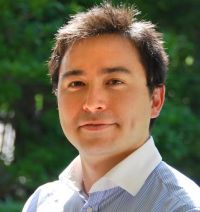 Patrick Goodwill, Ph.D.
Patrick Goodwill, Ph.D.
CTO, Magnetic Insight Inc, Alameda, CA, U.S.A.
Magnetic Particle Imaging Emerges into Preclinical Research: Hardware, Nanoparticles, and Animal Models
Dr. Goodwill has spent the last 9 years leading the development team in Magnetic Particle Imaging at UC Berkeley. In his role, he has designed and built five prototype MPI scanners, and developed the x-space reconstruction systems theory that enables quantitative, high-quality MPI images. Dr. Goodwill will update us on the state-of-art of Magnetic Particle Imaging, and will also update us on the best magnetic particles for MPI - or what he would like us to develop for them.
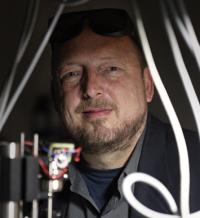 Jesper Glückstad, Ph.D.
Jesper Glückstad, Ph.D.
Professor
Technical University of Denmark, Lyngby, Denmark
Department of Photonics Engineering
IDEAS TALK: Light Robotics and its potential for integrating with magnetic carriers
Dr. Glückstad uses light to make, trap and drive microrobots of just 20 µm in size. He will explain to us how nanobiophotonics - Light Robotics - combines advances in microfabrication and optical micromanipulation together with intelligent control ideas from robotics, wavefront engineering and Fourier optics. His robots are not magnetic yet, but why not? Maybe with your ideas, they soon will be!

